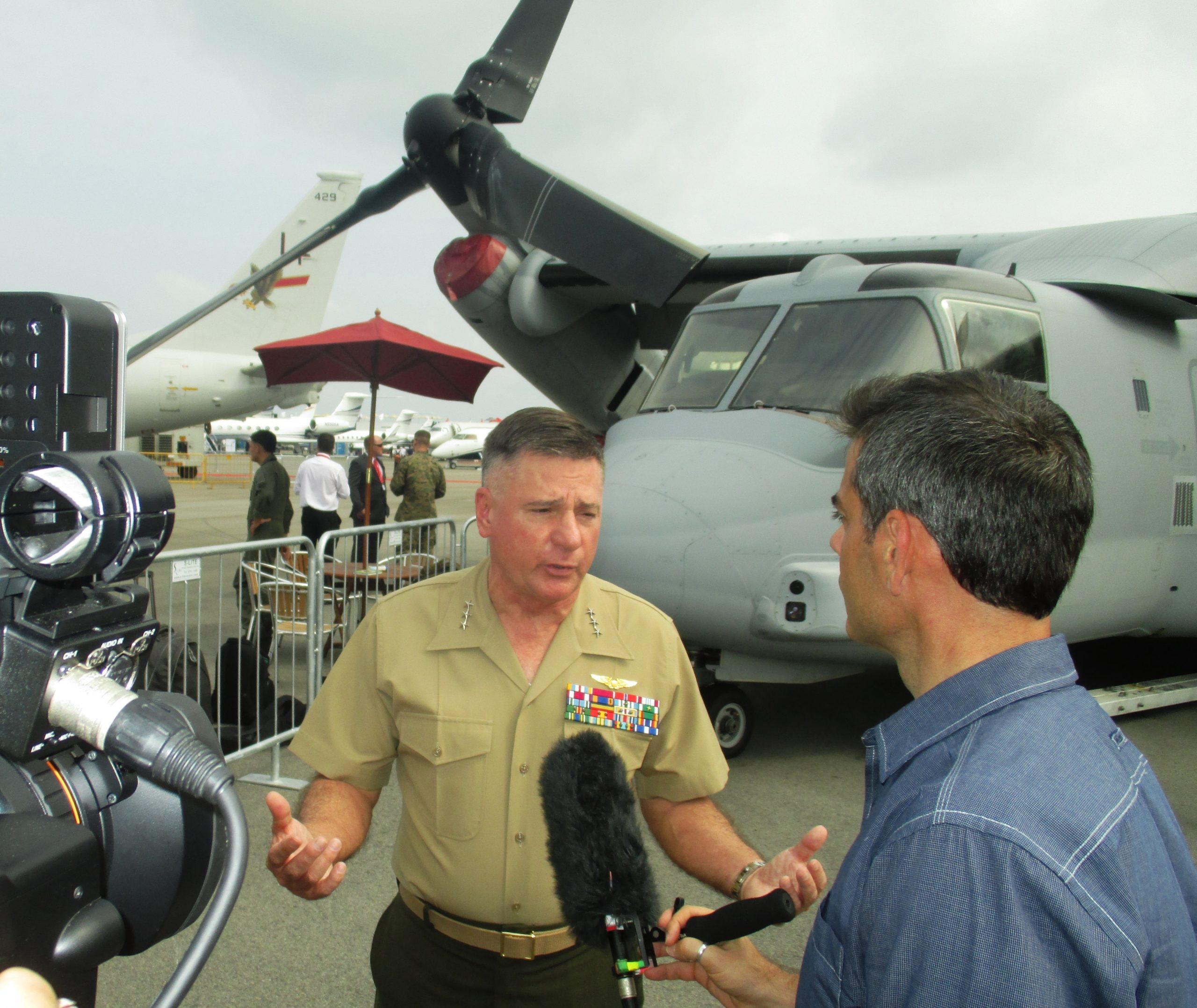Looking Back at the Role of Tiltrotor in the Shift to the Pacific, 2013
According to a 2012 Congressional Research Service Report: “In the fall of 2011, the Obama Administration issued a series of announcements indicating that the United States would be expanding and intensifying its already significant role in the Asia- Pacific, particularly in the southern part of the region. The fundamental goal underpinning the shift is to devote more effort to influencing the development of the Asia-Pacific’s norms and rules, particularly as China emerges as an ever-more influential regional power.”
But given the continued deep involvement in the Middle Eastern land wars, and the stringent defense budgets, how was this going to occur? Part of the answer was provided by new military systems coming to the Pacific, the most notable in the past decade were the coming of a coalition of F-35s and the arrival of the Osprey.
What the Osprey brought to the effort was a unique capability in terms of speed and range and landing flexibility to cover areas of interest for the U.S. military in terms of the insertion of force and of supplies. This report provides our perspective on the contribution of the Osprey as of 2013 in a book in Pacific defense which we published at the time. The role of tiltrotor is now expanding as the con-ops change for the joint and coalition forces in the Pacific.
The report can be read in the e-book version below:
Or in the PDF version below:
The Role of the Osprey in the Pivot to the PacificFeatured Photo: Lt. Gen. Terry G. Robling is interviewed by Al Jazeera news in front of the MV-22B Osprey static display Feb. 12, 2014 at the Changi Exhibition Center in Singapore. The static display is a part of the Singapore International Airshow 2014 and is one of 96 aircraft on display at the airshow. (U.S. Marine Corps photo by Capt. Caleb D. Eames/Released)

